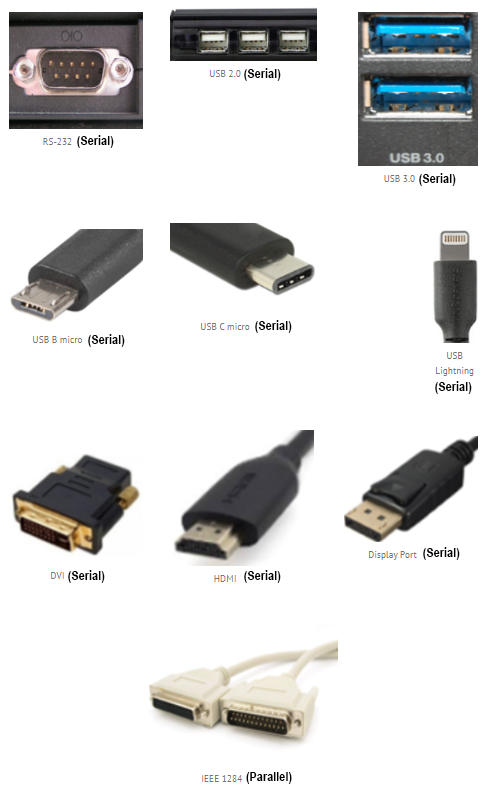 What is the difference between serial and parallel connection?
What is the difference between serial and parallel connection?
A serial connection is faster than a parallel connection because the connection is transmitted over a single data line. With a parallel connection, data is transferred over several lines at once and is therefore slower than a serial connection. (Serial transmission requires one line for communication and data transfer, while parallel transmission requires multiple lines for communication and data transfer.)
Where is serial transmission used and where is parallel?
Serial transmission is used for communication over long distances, while parallel transmission is used for short distances.
What is the difference between serial and parallel connections?
The difference between serial connectors and parallel connectors is that the serial connector is intended for system communication, while the parallel connectors are intended for connecting the printer to the computer.
<— The picture shows some connections for comparison between serial and parallel connections. (VGA, unlike DVI, HDMI, and others on the list, is NOT serial and NOT parallel. I came up with this information because VGA transmits analog information and not digital, like all the others in the table.)
Summary:
There are fewer and fewer parallel connections, unlike serial connections, which are the future. Serial is also faster because it can focus on one line at a time, unlike parallel which focuses on multiple lines at once and is therefore slower.

